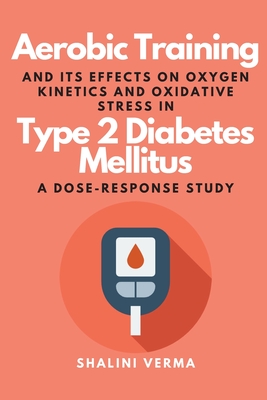
Aerobic Training and Its Effects on Oxygen Kinetics and Oxidative Stress in Type 2 Diabetes Mellitus a Dose-Response Study
Description
The current worldwide prevalence of diabetes mellitus is 425 million and is projected to reach 628 million by 2045 (IDF Diabetes Atlas, 2017), with Type 2 Diabetes Mellitus (T2DM) accounting for at least 90% of the cases (Gonzalez et al., 2009). The predicted increase in prevalence of T2DM is expected to be higher in developing countries (69%) as compared to developed countries (20%). Developing countries also experience a trend of early affliction of disease burden as opposed to developed countries (Shaw et al., 2010). This spiking of T2DM occurrence in developing countries has consistently been attributed to the increased adoption of a western lifestyle (i.e., high-energy diet, along with sedentary behavior) resulting in overweight and obesity (Chan et al., 2009; Colagiuri, 2010). Moreover, Indians demonstrate differences in phenotypic distribution of fat, are genetically predisposed to coronary artery disease due to dyslipidemia and low HDL levels (Misra & Khurana, 2011), and susceptible to developing complications at an early age (20-40 yrs) compared with Caucasians (>50 yrs) (Misra & Khurana, 2011).T2DM is associated with dysfunction of various organs, especially the heart and peripheral blood vessels, making it a multi-faceted metabolic disorder. DM affects oxygen consumption causing a blunting of both peak and dynamic responses of oxygen uptake, implying impairment of the control of oxygen delivery to and/or utilisation of oxygen by contracting muscles (Green et al., 2015). The proposed mechanisms for compromised oxygenation include impaired myocardial function, endothelial function and vascular conductance, insufficient muscle hyperemia during exercise, mitochondrial depletion and dysfunction in skeletal muscles, and altered activity of glycolytic and oxidative enzymes (Regensteiner et al., 1998; Kiely et al., 2014; Green et al., 2015).
